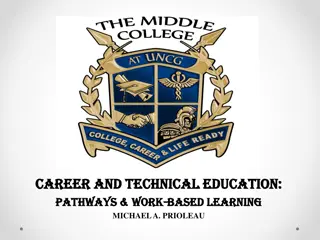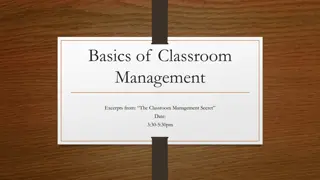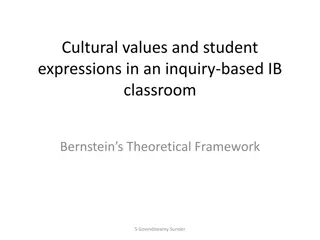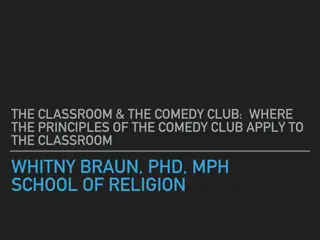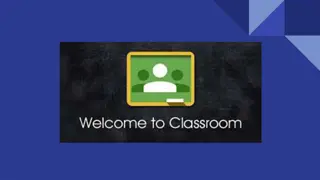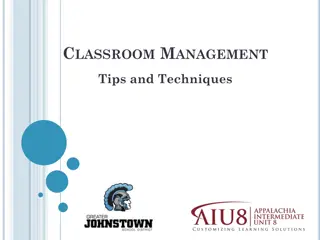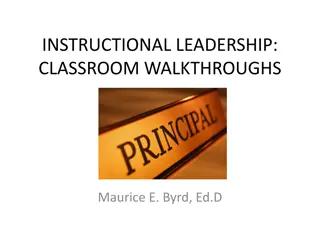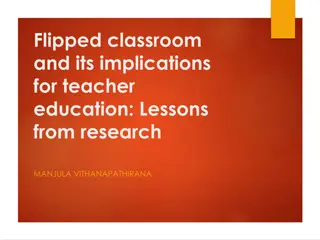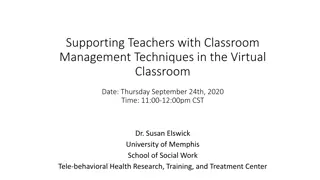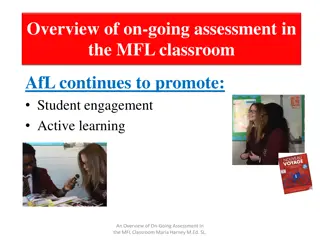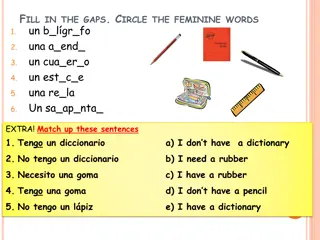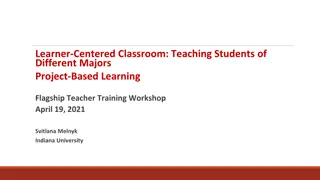Bridging Classroom and Practice with Problem-Based Learning
Hoan Linh Banh explores Problem-Based Learning in pharmacy education, focusing on developing effective problem-solving skills, collaboration, and intrinsic motivation. The curriculum at Dalhousie University faces challenges in student and faculty acceptance but aims to enhance students' knowledge and skills through patient case discussions and group work.
Download Presentation

Please find below an Image/Link to download the presentation.
The content on the website is provided AS IS for your information and personal use only. It may not be sold, licensed, or shared on other websites without obtaining consent from the author.If you encounter any issues during the download, it is possible that the publisher has removed the file from their server.
You are allowed to download the files provided on this website for personal or commercial use, subject to the condition that they are used lawfully. All files are the property of their respective owners.
The content on the website is provided AS IS for your information and personal use only. It may not be sold, licensed, or shared on other websites without obtaining consent from the author.
E N D
Presentation Transcript
Thinking Out Loud to Bridge the Classroom and Practice Hoan Linh Banh, BSc. Pharm., Pharm.D. Associate Professor Faculty of Pharmacy and Pharmaceutical Sciences
INTRODUCTION Problem based learning (PBL) Student-centred Subject in the context: Complex Multifaceted Realistic problems
INTRODUCTION Problem based learning (PBL) Develop: Flexible knowledge Effective problem solving skills Self-directed learning Effective collaboration skills Intrinsic motivation
INTRODUCTION Dalhousie University, College of Pharmacy PBL curriculum 9 years Challenges: Students acceptance Faculty acceptance Intimidating Impromptu
PBL Patient case-based Stem Guiding questions Prompting questions Working in group/groups Identify: What they already know What they need to know how and where to access new information that may lead to resolution of the problem.
PBL 125 second year pharmacy students Patient case provided a week prior to seminar Divide the discuss into three areas: Main topic (pain) Other topics (constipation, asthma ) Parking lot (questions that come up during discussion) Second seminar that is presented in this format
PATIENT CASE cc: Kim, a 62 year old comes to your community pharmacy seeking your help for constipation relief. I have not had a bowel movement for 5 days, could you recommend something for me?
PATIENT CASE Kim had (R) knee surgery 3 months ago and was discharged with a prescription for pain. PMH: HTN diagnosed 15 years ago Asthma- diagnosed at age 5. Dyslipidemia 15 years ago MI 12 years ago FH: Older brother with asthma SH: Smoke since 15 years old, but quit 5 years ago Husband still smokes but only smokes outside (-) EtOH
PATIENT CASE All: NKDA Home Medications: Hydromorphone 2 mg po q4h Hydromorphone 1 mg po q1h prn for pain Salbutamol MDI 2 4 puffs QID (fills every 2 weeks) Budesonide 100 mcg 1 puff BID Ramipril 5 mg po once daily HCTZ 25 mg po once daily Diltiazem XL 120 mg po once daily Atorvastatin 40 mg po once daily
GUIDING QUESTONS 1. What questions would you ask to assess her pain? 2. What questions would you ask to assess her asthma symptom control? 3. Is Kim s asthma treatment regimen appropriate? Why? 4. Is Kim s cardiovascular treatment regimen appropriate? Why?
INTERACTIVE TECHNIQUES Teacher facilitator Identify students by names Set ground rules at the beginning of class Create a safe and comfortable environment Praise/thank students Probe with why Use what if scenarios
VIDEO CLIP #1 Provide pharmacy students with potential day to day encounter Establish patient baseline What worked and what didn t work Rule out other causes Determine self care vs referral
VIDEO CLIP #2 Encourage student involvement: Multiple choice (iClicker) Vote At time there might not be a right answer It s OK.
VIDEO CLIP #3 Problems stimulate the development and use of problem solving skills Knowledge retrieved and applied
VIDEO CLIP #4 Use of visual aid
VIDEO CLIP #5 Draw from personal experience
CONCLUSION Trial and error Continuous assessment and improvement Limitations Class preparation Participation Intimidation Off tangent
CONCLUSION Overcome some of the challenges Peer review Student feedback Support from peers and mentors






